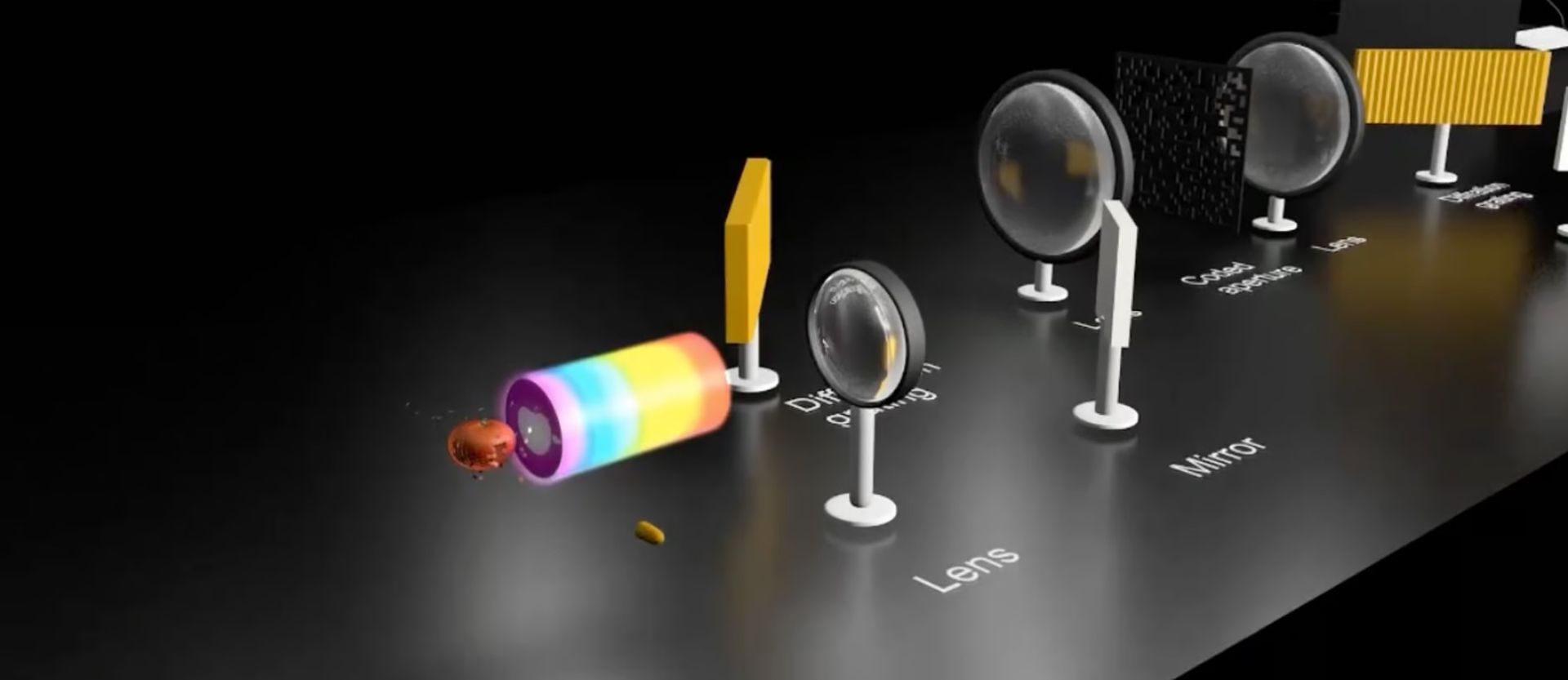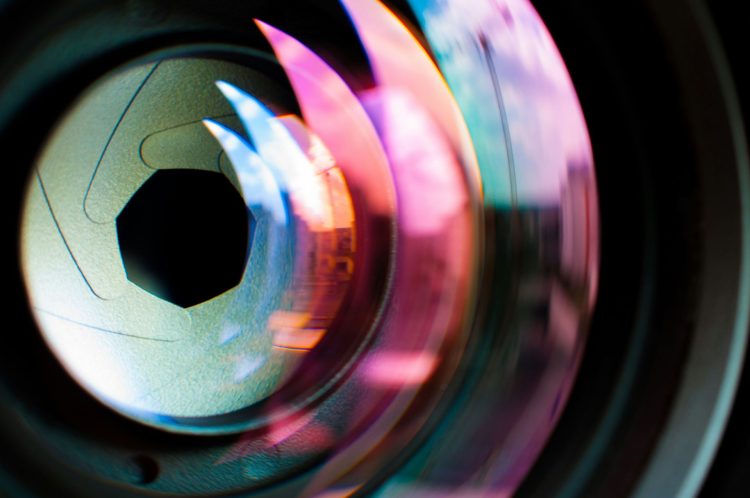- Canadian researchers have developed SCARF, the world’s fastest camera, capable of capturing 156.3 trillion frames per second.
- SCARF’s extraordinary speed allows it to observe incredibly short nanoscale events far beyond the capabilities of conventional cameras.
- This revolutionary technology transforms scientific fields by allowing researchers to visualize previously unseen events such as shock waves and cellular activity.
- SCARF’s discovery has the potential to lead to groundbreaking innovations and improve our understanding of the world at the smallest scales.
The INRS Énergie Matériaux Télécommunications Research Center in Canada has made a breakthrough that will shake the scientific world. Researchers have succeeded in developing the world’s fastest camera, called “SCARF” (swept coded aperture real-time femtophotography), which can capture 156.3 trillion frames per second.

This incredible speed lets us observe nanoscale events at billions or trillions of frames per second. While slow-motion cameras on phones can capture a few hundred frames per second and professional movie cameras can capture a few thousand frames, SCARF opens the doors of the nanoworld wide.
So how does SCARF work?
The system uses an ultra-short pulse of laser light called a “chirp”. The light captures the event in different wavelengths, like the colors of a rainbow. Because the event happens so fast, each wavelength creates a different image. This way, every detail is recorded in an incredibly short time.
The light pulse passes through a series of components to reach the sensor, where a computer processes the data into the final image.
The extraordinary possibilities SCARF offers could revolutionize many fields, including physics, biology, chemistry, materials science, and engineering. For the first time, phenomena such as shock waves traveling through matter or living cells, femtosecond laser ablation, and optical chaos can be observed so clearly.

The world’s fastest shooting camera will allow us to unravel the mysteries of the nanoworld and make discoveries that will lead to new technologies. The potential of SCARF is limitless, and the scientific community is excited about this new horizon.
Featured image credit: Agence Olloweb / Unsplash





